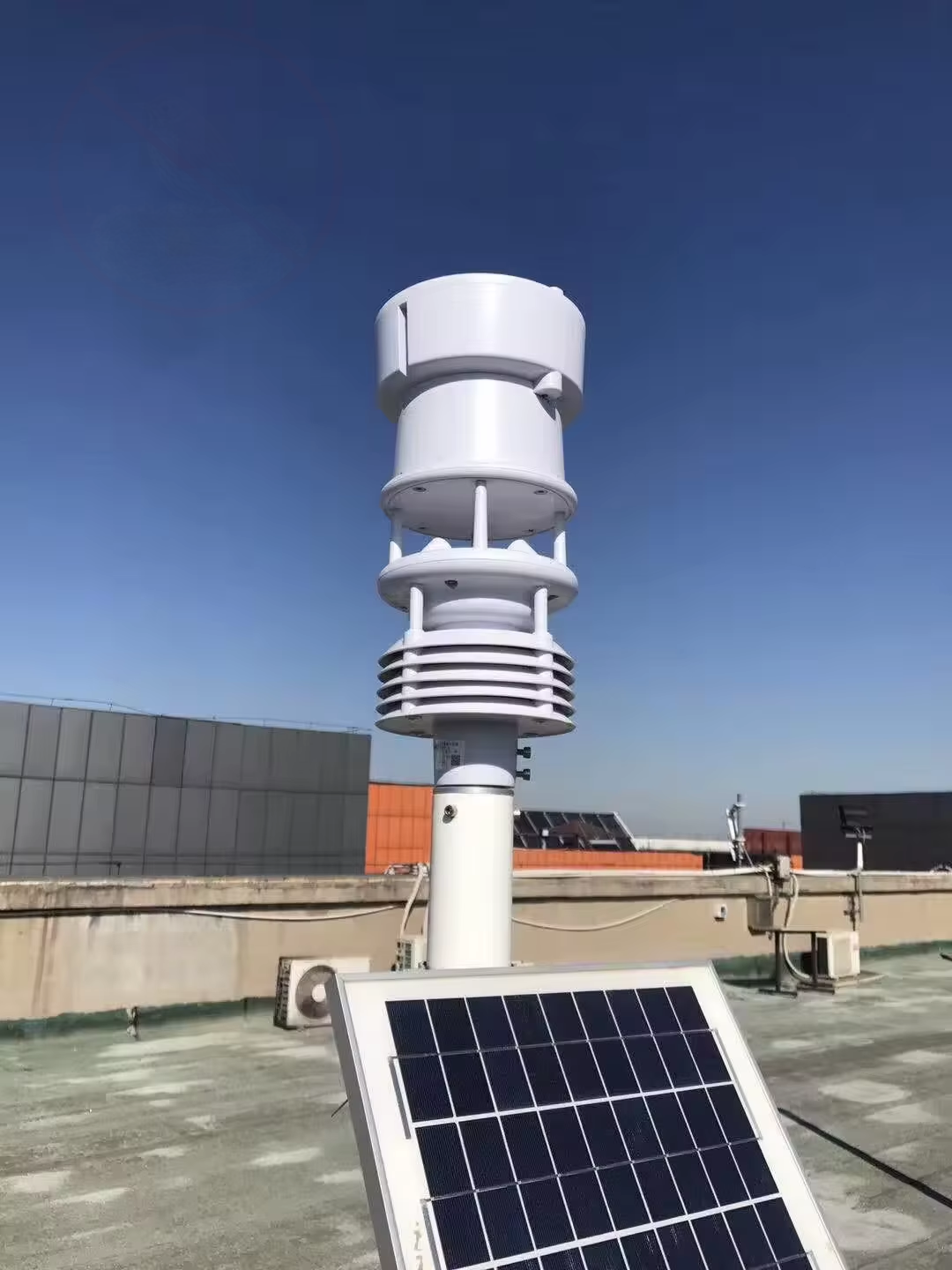In order to further improve agricultural production efficiency and cope with the challenges brought by climate change, the Philippine Department of Agriculture recently announced the installation of a batch of new agricultural weather stations across the country. This initiative aims to provide farmers with accurate meteorological data to help them better plan planting and harvesting times, thereby reducing losses caused by extreme weather.
It is reported that these weather stations will be equipped with advanced sensors and data transmission systems, which can monitor key meteorological indicators such as temperature, humidity, rainfall, wind speed, etc. in real time. The data will be shared in real time through the cloud platform, and farmers can view it at any time through mobile applications or websites to make more scientific agricultural decisions.
William Dar, Secretary of Agriculture of the Philippines, said at the launch ceremony: “Agricultural weather stations are an important part of modern agriculture. By providing accurate meteorological information, we can help farmers reduce risks, increase production, and ultimately achieve sustainable agricultural development.” He also emphasized that this project is part of the government’s “smart agriculture” plan and will further expand its coverage in the future.
Some of the equipment in the weather stations installed this time uses the latest Internet of Things (IoT) technology, which can automatically adjust the monitoring frequency and issue warnings when abnormal weather is detected. This feature is especially popular among farmers, because the Philippines is often affected by extreme weather such as typhoons and droughts. Early warning can help them take timely measures to reduce losses.
In addition, the Philippine government has also cooperated with a number of international organizations to introduce advanced meteorological monitoring technology. For example, the project has been successfully piloted in Luzon and Mindanao, and will be promoted nationwide in the future.
Analysts pointed out that the popularization of agricultural meteorological stations will not only help improve agricultural production efficiency, but also provide data support for the government to formulate agricultural policies. As climate change intensifies, accurate meteorological data will become a key factor in agricultural development.
The chairman of the Philippine Farmers’ Union said: “These weather stations are like our ‘weather assistants’, allowing us to better cope with unpredictable weather changes. We look forward to this project covering more areas and benefiting more farmers as soon as possible.”
At present, the Philippine government plans to install more than 500 agricultural meteorological stations in the next three years, covering major agricultural production areas across the country. This move is expected to inject new vitality into Philippine agriculture and help the country achieve its goals of food security and agricultural modernization.
Post time: Feb-08-2025


